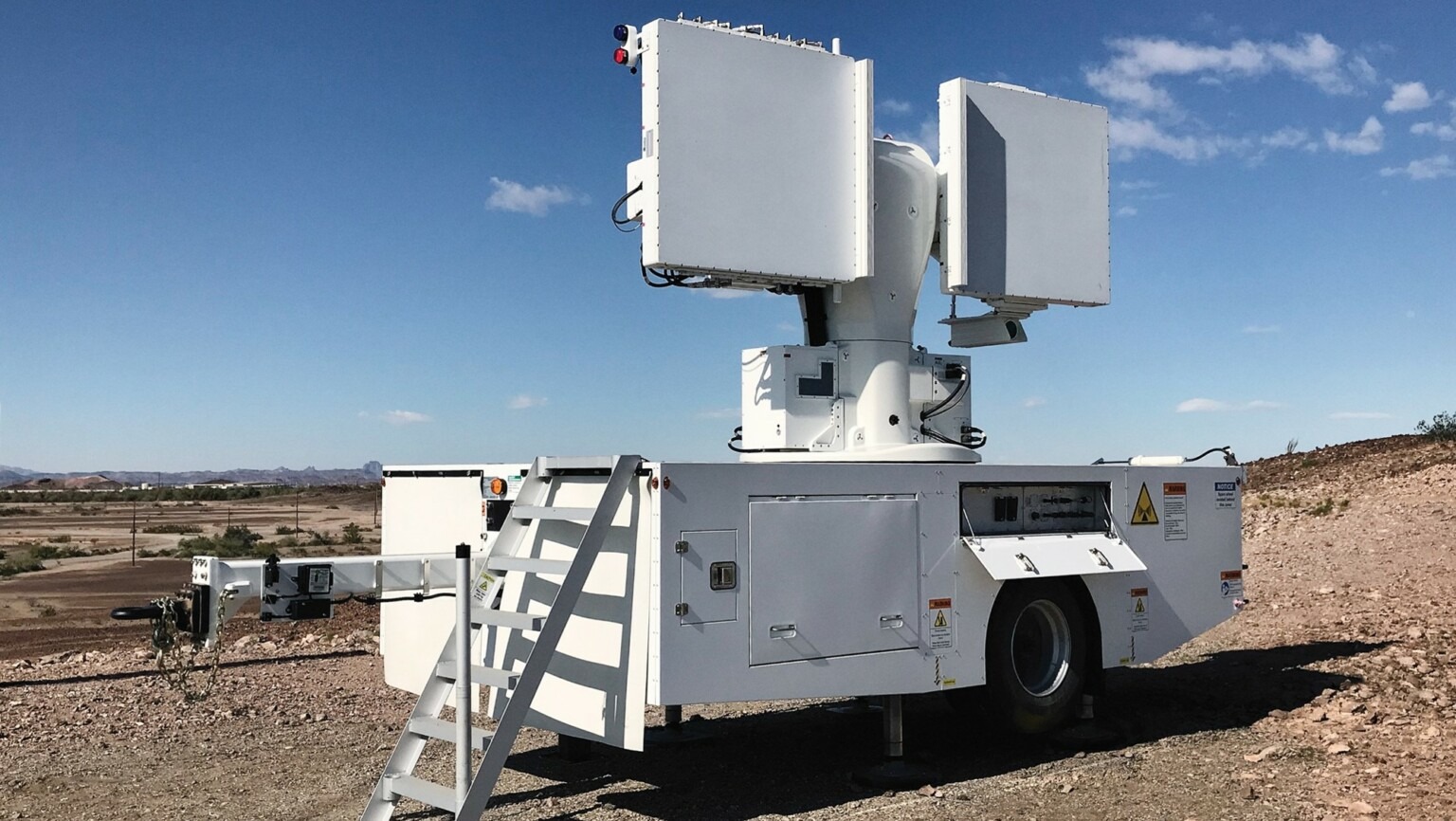Danish engineering company Weibel Scientific has been selected by the US Army Program Executive Office Missiles and Space to develop a prototype of a new Active electronically scanned array (AESA) C-Band range instrumentation radar for U. S. Army’s test ranges. The company are very pleased to have been awarded this contract under the Range Radar Replacement Program. Weibel Scientific will be leveraging our 40+ years of expertise with instrumentation hardware architecture, X-band real-time processing and post-processing software and hardware platform to ensure the success of the new radar capability being developed.
Scott McGleish, President, and General Manager of Weibel North America says: At Weibel, we see this as a natural next step in our continued commitment to our US customers. We have a large presence in X-Band instrumentation radars in the US, and by adding C-Band capabilities it allows for our growing customer base to have increased capability to meet their emerging operational test range radar requirements.
Frode Scott Nilsen CEO of Weibel says: Having a C-Band frequency will be a tremendous complement to our global X-Band radar product line. It will allow test ranges to deliver Weibel TSPI data quality to their customers. Weibel’s C-Band instrumentation radar will support legacy C-Band transponder tracking and a large Field of View. A C-band radar capability will also provide additional microwave spectrum to those test ranges that are experiencing civilian or military frequency band constraints due to saturation from other radars.
Weibel Scientific is a Danish engineering company that has specialised in the design and manufacture of doppler radar systems. It has been in operation since 1936, originally being named M. P. Weibel and having worked as an electronics business throughout the firm’s existence. Since the 1970s, the company has focused on becoming a specialised in the field of radar. Weibel Scientific’s products have been used by a diverse range of operators and for numerous purposes, including the tracking of space vehicles by NASA, as well as the detection of unmanned aerial vehicles and the guidance component of ground-based air defense systems for various nations’ militaries.
















